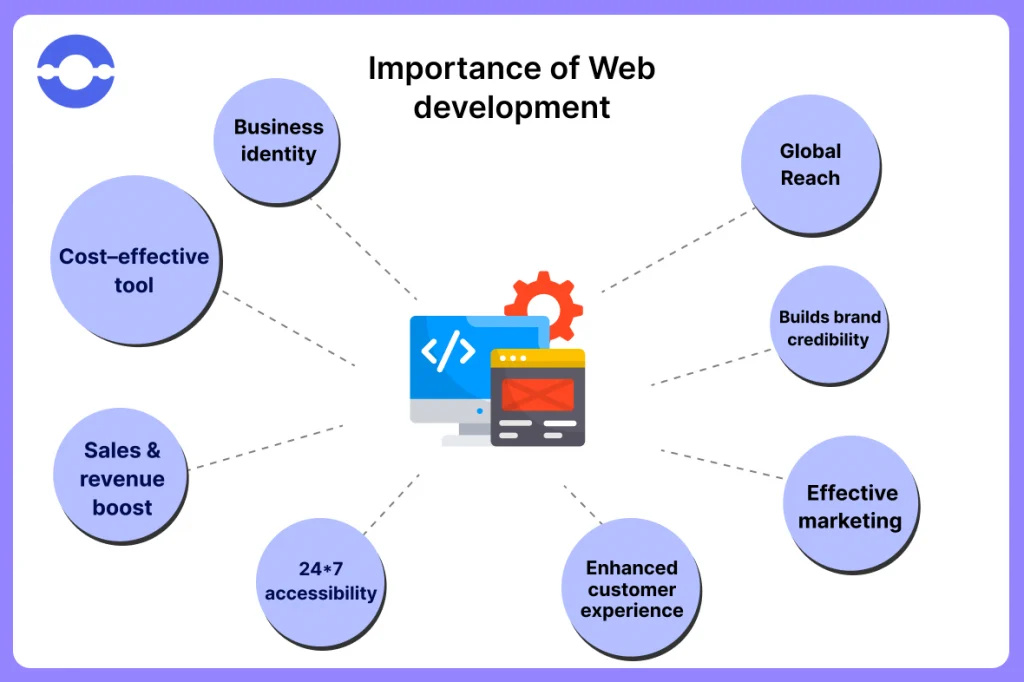Creating a website is more than just designing a few pages—it’s a structured process that ensures functionality, user experience, and performance. Whether you’re a business owner or a web developer, understanding the five essential stages of website development can help you build a successful site.
1. Planning: Laying the Foundation
Before any coding begins, proper planning is crucial. This stage involves:
- Defining website goals (e.g., brand awareness, lead generation, e-commerce).
- Identifying the target audience and their needs.
- Competitor analysis to understand industry trends.
- Choosing the right platform (WordPress, Shopify, custom-built, etc.).
📌 Want expert guidance? Our web development services ensure your website is built for success from the start!
2. Design: Crafting the Visuals & User Experience
Once planning is complete, the design phase begins. This involves:
- Wireframing and prototyping to create a blueprint of the site.
- Choosing color schemes, typography, and branding elements.
- Designing for responsiveness, ensuring a smooth experience across all devices.
- User interface (UI) and user experience (UX) testing for easy navigation.
🔍 Need a visually stunning site? Our web designers specialize in creating engaging, mobile-friendly websites.

3. Development: Bringing the Website to Life
At this stage, developers start coding the website using programming languages like HTML, CSS, JavaScript, and PHP. The key steps include:
- Front-end development (what users see and interact with).
- Back-end development (server-side functionality like databases and security).
- Content management system (CMS) integration (WordPress, Shopify, or custom-built).
- SEO-friendly coding to enhance search engine rankings.
💡 Want a high-performing site? Check out our SEO services to ensure your website ranks on Google!
4. Testing & Optimization: Ensuring Functionality
Before launching, thorough testing is necessary to ensure a flawless user experience. This includes:
- Performance testing to check loading speed and responsiveness.
- Cross-browser and cross-device compatibility testing.
- Bug fixing and security testing to prevent cyber threats.
- On-page SEO optimization for better visibility.
5. Launch & Maintenance: Going Live & Keeping It Updated
Once testing is complete, it’s time to launch! But the work doesn’t stop here—ongoing maintenance is essential for long-term success. This includes:
- Regular updates to keep the website secure and functional.
- Monitoring analytics to track user behavior and improve performance.
- Content updates to keep visitors engaged and boost SEO.
🚀 Need help maintaining your website? Our web maintenance services ensure your site stays updated, secure, and optimized!
Final Thoughts
A well-structured website development process ensures a smooth user experience, strong online presence, and high engagement. Whether you’re building a brand-new site or revamping an old one, following these five stages will help you achieve success.
📞 Need a website that stands out? Contact Social Media Max today to get started!

